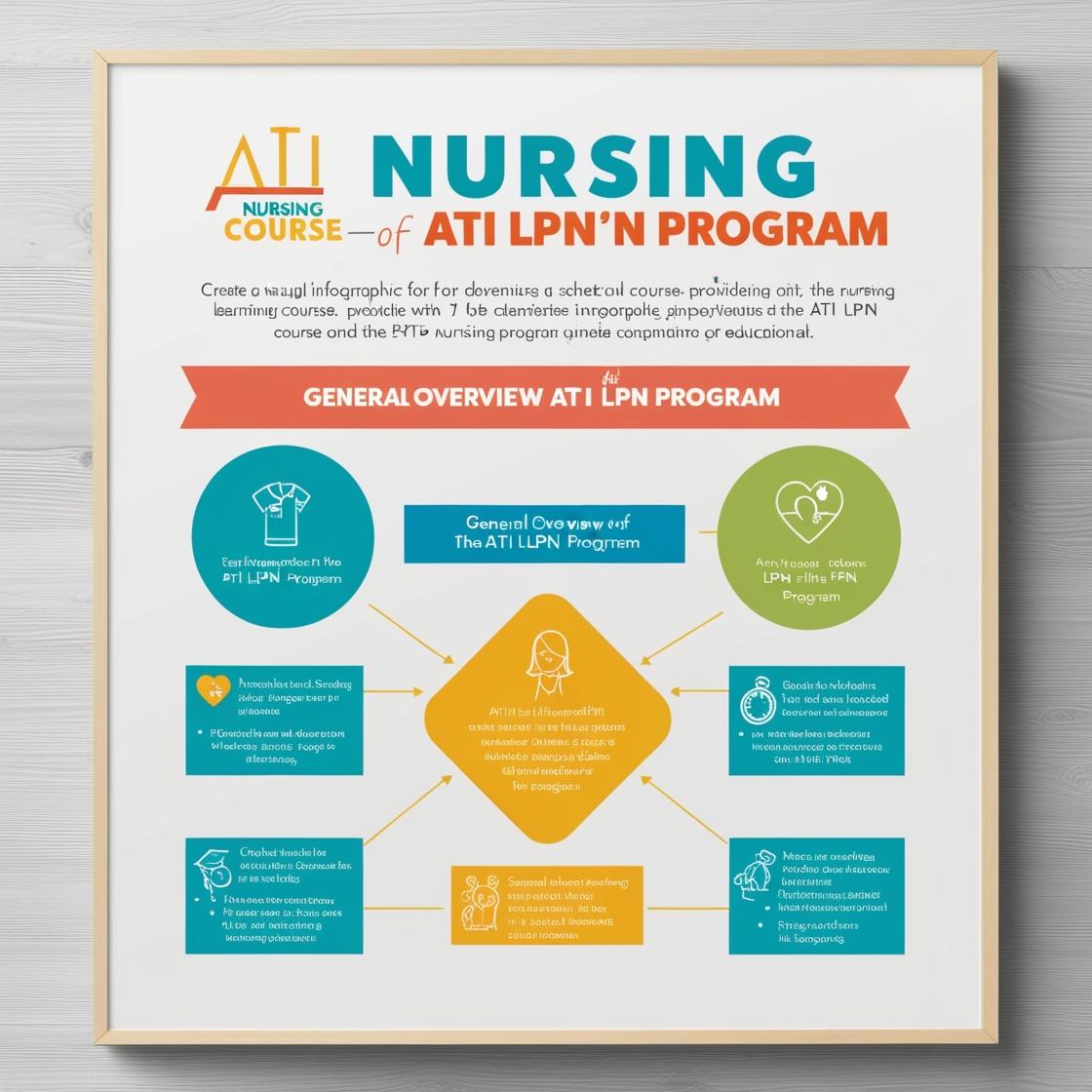LPN LPN
PN ATI Capstone Proctored Comprehensive Assessment 2020 A with NGN
1. A healthcare provider is preparing to administer a vaccine to a child. Which of the following should the provider verify?
- A. Allergy to eggs
- B. Previous vaccination history
- C. Family medical history
- D. Growth charts
Correct answer: B
Rationale: The healthcare provider should verify the child's previous vaccination history to ensure they are up to date with immunizations. This is important to prevent unnecessary or duplicate vaccinations and ensure the child is adequately protected against vaccine-preventable diseases. Checking for allergies to eggs is relevant for certain vaccines like the influenza vaccine but is not the top priority in this scenario. Family medical history and growth charts are not directly related to the administration of vaccines and are not as crucial as confirming the child's vaccination status.
2. A client has been prescribed amlodipine for hypertension. Which of the following adverse effects should the nurse instruct the client to report?
- A. Dry cough
- B. Dizziness
- C. Rash
- D. Headache
Correct answer: B
Rationale: The correct answer is B: 'Dizziness.' Amlodipine, a calcium channel blocker used for hypertension, can cause dizziness due to its blood pressure-lowering effects. It is crucial for clients to report dizziness to their healthcare provider as it may indicate hypotension. Dry cough (choice A) is more commonly associated with ACE inhibitors, rash (choice C) may be seen in allergic reactions, and headache (choice D) is a less common side effect of amlodipine.
3. A nurse is caring for a client with chronic obstructive pulmonary disease (COPD). Which of the following should the nurse assess for?
- A. Respiratory rate
- B. Chest pain
- C. Use of accessory muscles
- D. Oxygen saturation
Correct answer: C
Rationale: In a client with COPD, the nurse should assess for the use of accessory muscles. This is important because COPD can lead to increased work of breathing, causing the client to engage accessory muscles to help with respiration. Assessing for the use of accessory muscles provides crucial information about the client's respiratory effort. Respiratory rate (Choice A) is a standard assessment parameter but may not specifically indicate the severity of COPD. Chest pain (Choice B) is not typically associated with COPD unless there are complicating factors. Oxygen saturation (Choice D) is essential to monitor in COPD clients, but assessing for the use of accessory muscles takes priority as it directly reflects the client's respiratory status in COPD.
4. A nurse should teach which of the following clients requiring crutches about how to use a three-point gait?
- A. A client who is able to bear full weight on both lower extremities.
- B. A client who has bilateral leg braces due to paralysis of the lower extremities.
- C. A client who has a right femur fracture with no weight bearing on the affected leg.
- D. A client who has bilateral knee replacements with partial weight bearing on both legs.
Correct answer: C
Rationale: The correct answer is C because a three-point gait is used when the client can bear full weight on one foot and uses crutches and the uninvolved leg to ambulate. Choices A, B, and D are incorrect because they do not meet the criteria for using a three-point gait. Choice A states that the client can bear full weight on both lower extremities, which does not require a three-point gait. Choice B mentions bilateral leg braces due to paralysis, which would not involve using a three-point gait. Choice D describes a client with bilateral knee replacements with partial weight bearing, which also does not align with the use of a three-point gait.
5. A nurse is preparing to administer a pneumococcal vaccine. Which of the following should the nurse verify?
- A. Client's allergy to eggs
- B. Client's current medications
- C. Client's vaccination history
- D. Client's blood pressure
Correct answer: C
Rationale: The correct answer is C: Client's vaccination history. Before administering a pneumococcal vaccine, the nurse should verify the client's vaccination history to ensure they are due for the vaccine. Verifying the vaccination history helps prevent unnecessary vaccinations and ensures that the client receives the appropriate immunization at the right time. Choices A, B, and D are not directly related to the administration of the pneumococcal vaccine. Checking for allergies to eggs may be important for other vaccines, but it is not specifically relevant to pneumococcal vaccination. The client's current medications and blood pressure are important for general health assessment but are not directly related to verifying the need for a pneumococcal vaccine.
Similar Questions

Access More Features
ATI LPN Basic
$69.99/ 30 days
- 50,000 Questions with answers
- All ATI courses Coverage
- 30 days access @ $69.99
ATI LPN Premium
$149.99/ 90 days
- 50,000 Questions with answers
- All ATI courses Coverage
- 30 days access @ $149.99
